 Lettuce bolting (going to seed). The yellow-into-beige bits at the end of the stems are the expired flowers. The fluffy bits anchor the seeds. When more than half are fluffy, it's time to cover the entire plant with a paper (not plastic!) bag to corral the seed as it matures and falls down. When the base of the plant is crispy dry, pull the whole thing and stash where it's hot and dry. In the fall, crush and scatter the contents in a prepared bed for more lettuce plants!  Pepper plants being watered via buried 5-gallon nursery pot with bottom holes. Water gets into the soil out of the bottom holes buried 1 foot deep in the soil, so it gets directly to the roots that deep. Overflow water goes into the depressions around each plant. The loose organic-rich soil keeps the entire root system moist like a wrung-out sponge. | Tomatoes are blossoming and setting fruit, as are squash and beans and peppers, persimmons, tangerines, oranges and grapefruits; plums and nectarines and peaches and figs are ripening. The boysenberries are finishing. The short-fruit (1 inch) mulberries are done fruiting, and I’ve pruned back the branches, but the longer-fruit (3 inch) Pakistan are just turning color. Tomatoes Plants are big and bushy, filling their cages, which proves that they have more than enough nitrogen in the soil. But they’re also loaded with blossoms and some already-set fruit – especially the cherry tomatoes – so they also have enough phosphorus and potash and micronutrients; and have been well-watered to keep them growing well. As our hot temperatures start being consistent, be sure to keep tabs on your deep watering of all of your vegetables, especially for tomatoes. If you allow too many days between watering deeply, the plant roots will be unable to satisfy the vigorous growth of the plant, and the outermost cells of the plant – the fruits – will die back, creating the dark leathery “blossom end rot”. This is your cue to water deeply immediately. You should also remove the affected fruit, so the plant’s energy can transfer to another fruit to ripen it instead. If the affected fruit is nearly ripe, just cut off the leathery part and eat the still-good part. Squash My first batch of yellow-crookneck squash continues to bear, although some of the fruits shrivel and die because they weren’t pollinated; but almost-too-many more get to harvestable size so I have more than enough to eat and supply our neighbors. Which is good, because my second batch of squash plants that I’d seeded when the first batch started bearing are almost ready to start bearing themselves. Next year, I’ll allow 3 weeks instead of 2 weeks between new sets of seedings so I don’t have this too-much-squash overlap. Grapes My grape vines that I’d rooted from cuttings 2 years ago are blossoming and setting fruit, so of course I’m visiting them every day and urging them on. I’ve been amazed at how much new foliage has developed and consider this a two-fold blessing – it shades the grape clusters from too much direct sun, and (perhaps more importantly) shields them from marauding birds and squirrels and whatever other critters might be interested. I’m assuming that if they can’t see the fruit, they won’t know it’s there – we’ll see whether this actually bears out. Expect the individual grapes to be smaller than any that you purchase commercially, since those are treated with hormones to make them larger and more marketable. I remember reading a tip years ago that recommended trimming out half of the fruit clusters so the remaining berries could utilize all the plant’s energy to grow even larger. I haven’t had to do this yet because only about half of the blossoms have set fruit, and the berries are pretty well spread out, with lots of space between each one. So I also won’t have to deal with any rot setting in because the little grapes still have so much “breathing” space around them. And, I don’t overhead water so theoretically no moisture will settle between the berries to cause rot problems. I’ve debated whether to trim some of the foliage stringers so the energy will redirect back into the fruit clusters. I’ll remove some of the longer vines, especially those that I’ll want to remove later in the year in anticipation of harder pruning back. Lastly, hold back on watering your grapes for the last 2-3 weeks before harvesting the clusters, so the sweet flavors are concentrated instead of "watered down" due to continued irrigation. More June Tips |
|
2 Comments
Amy Mayne Robinson
6/3/2020 08:19:18 am
Loved your blog! Where did you get your certification? I’ve been wanting to do it for years! I loved to give gallon idea for watering. I am hose water my garden and about to put in a drip because I need to go away for a couple of weeks. Anyone you recommend that is top notch on drip systems?
Reply
Yvonne Savio
6/3/2020 08:31:37 pm
Hi, Amy - I grew up in my garden, with my Mom doing veggies and flowers, and my Dad doing fruit trees. When I moved to Davis to work at the University of California in the Vegetable Crops Cooperative Extension office, I learned from all the specialists on campus and played in my own garden. Re your drip system installation, complete and submit your job needs directly on my www.GardeningInLA.net website using the online form on the "Jobs" page. The direct link = http://www.gardeninginla.net/jobs.html . When I post it, I'll send an email announcement to my 2500+ subscribers, many of whom are horticultural professionals. Anyone who's interested will contact you directly.
Reply
Leave a Reply. |
Categories |


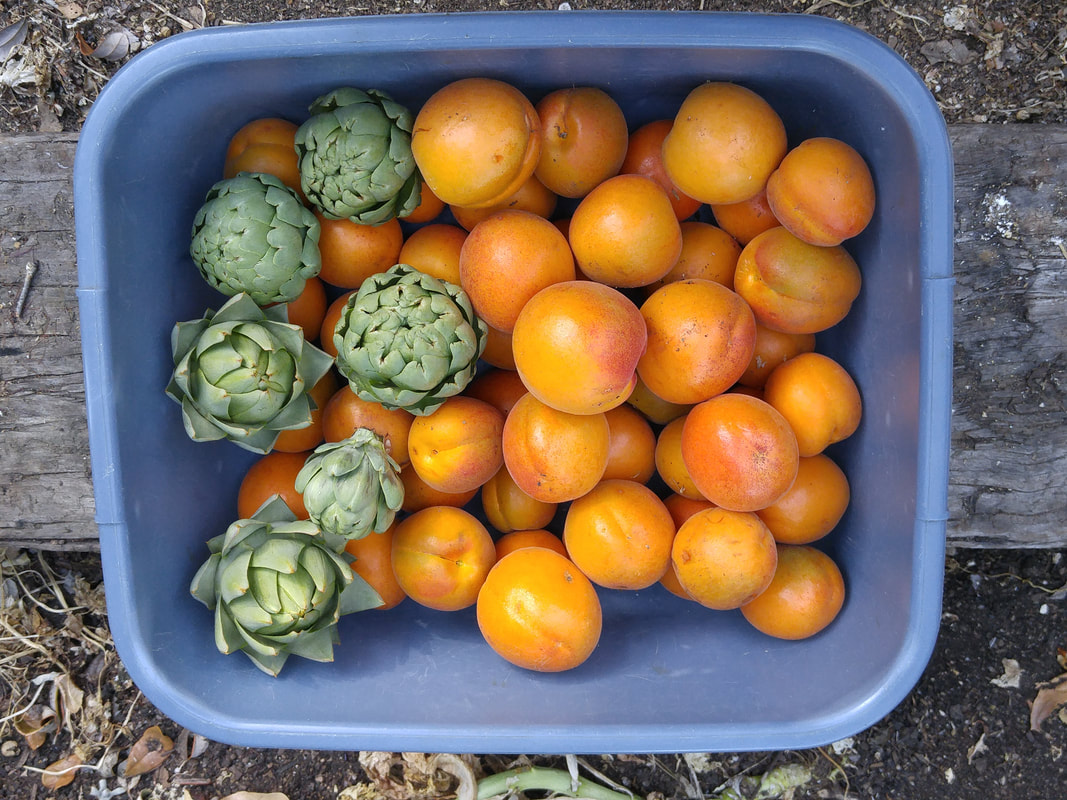
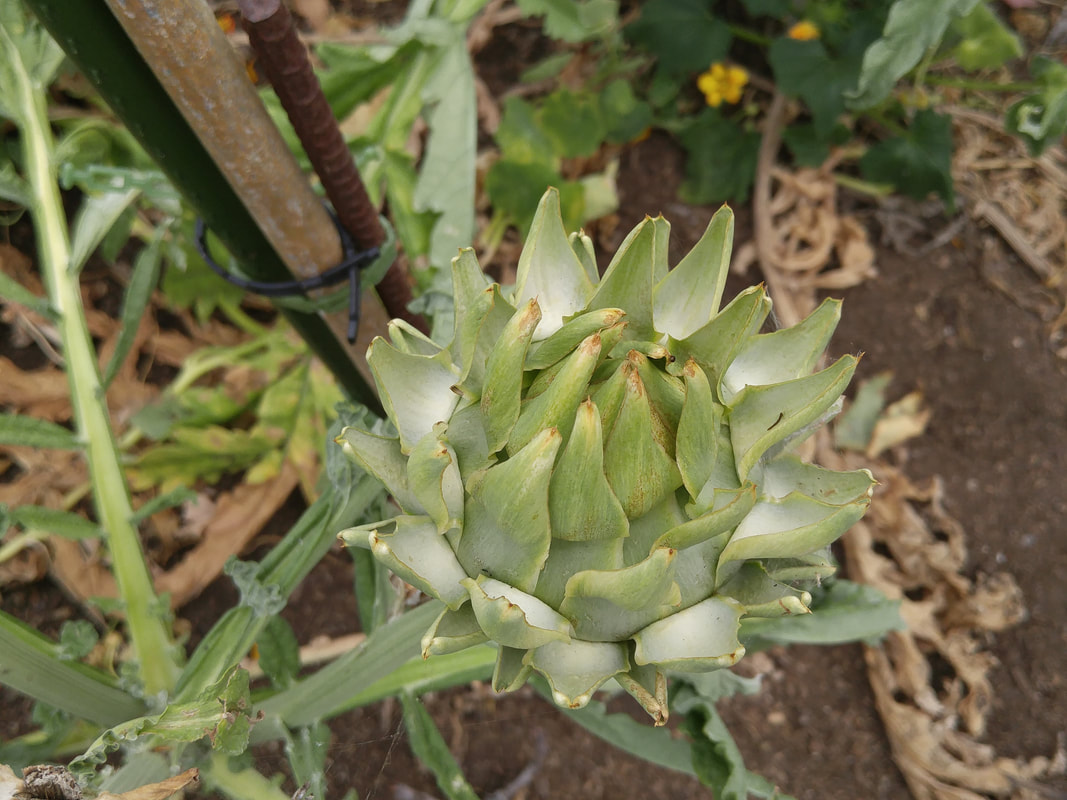
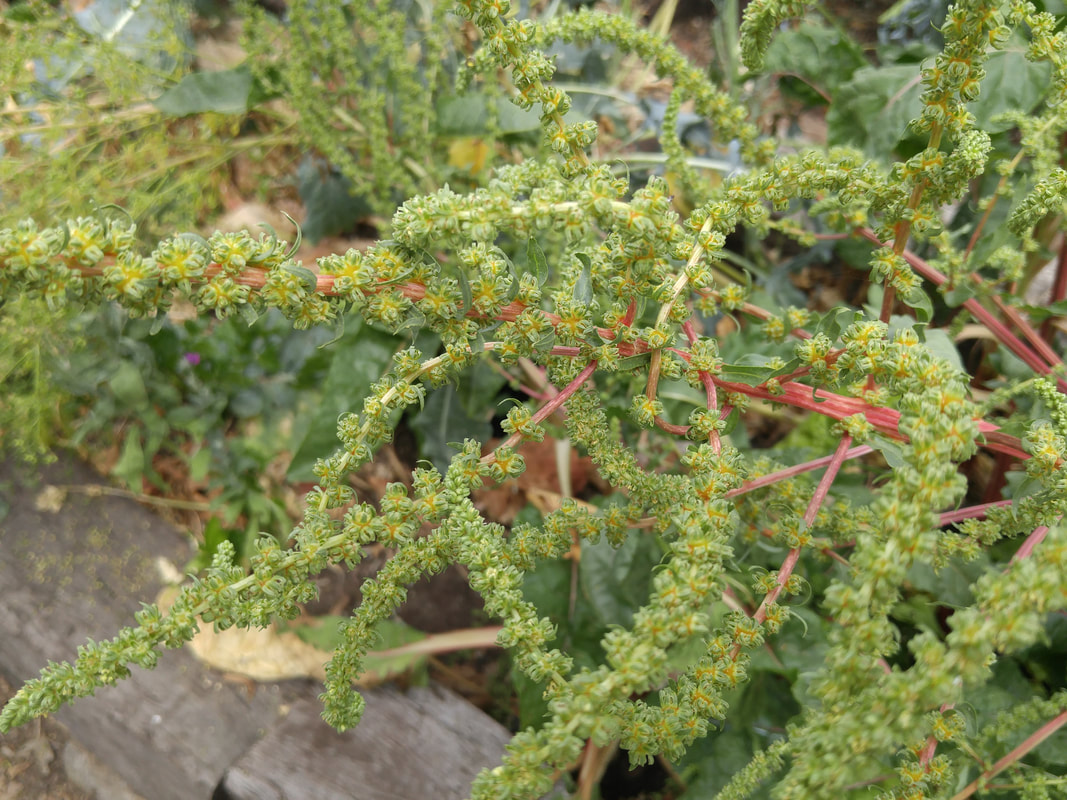
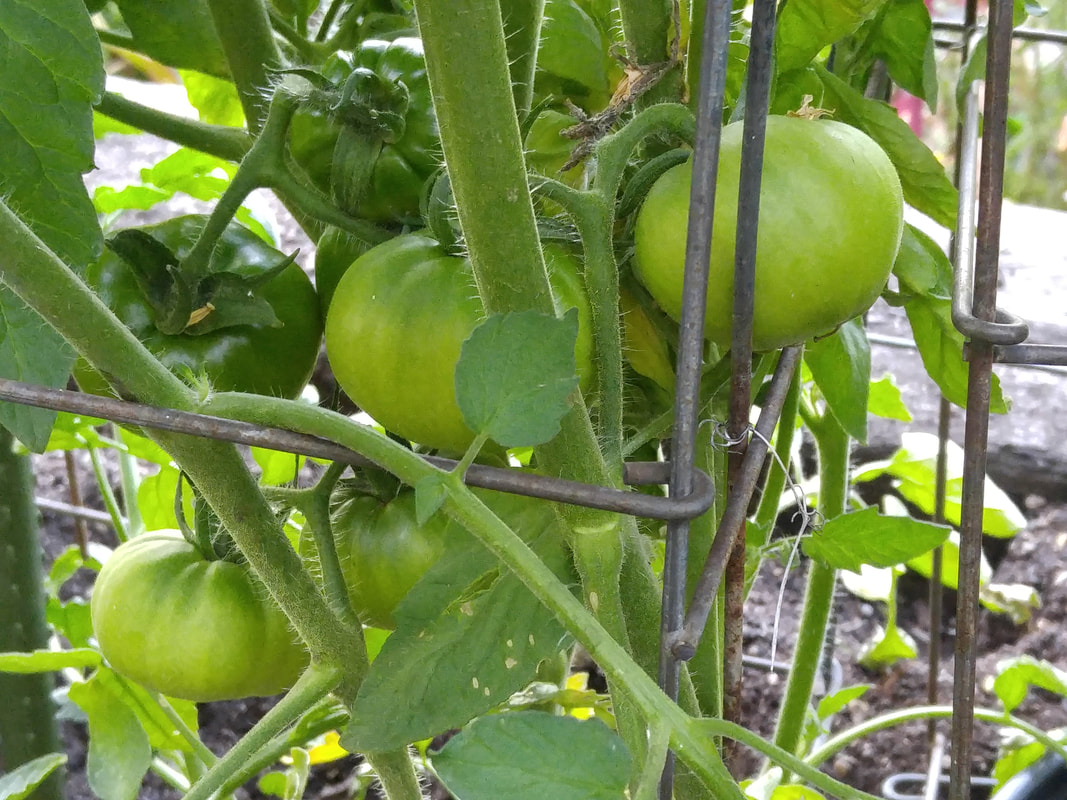










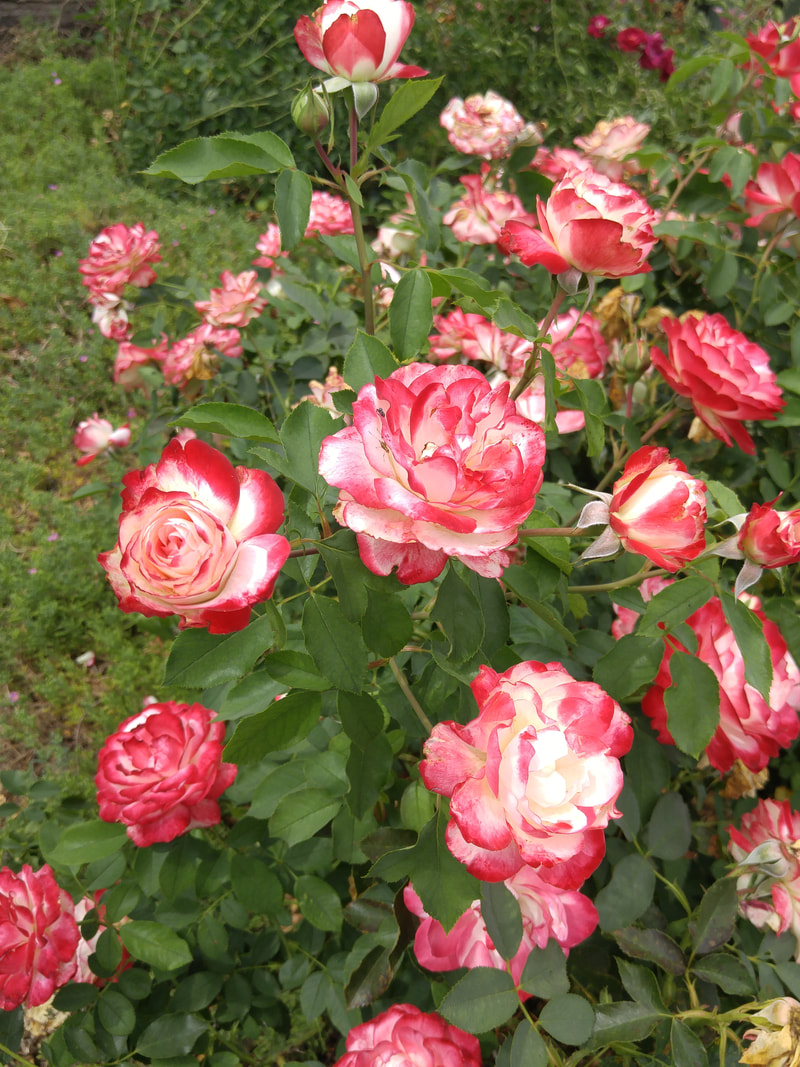








 RSS Feed
RSS Feed